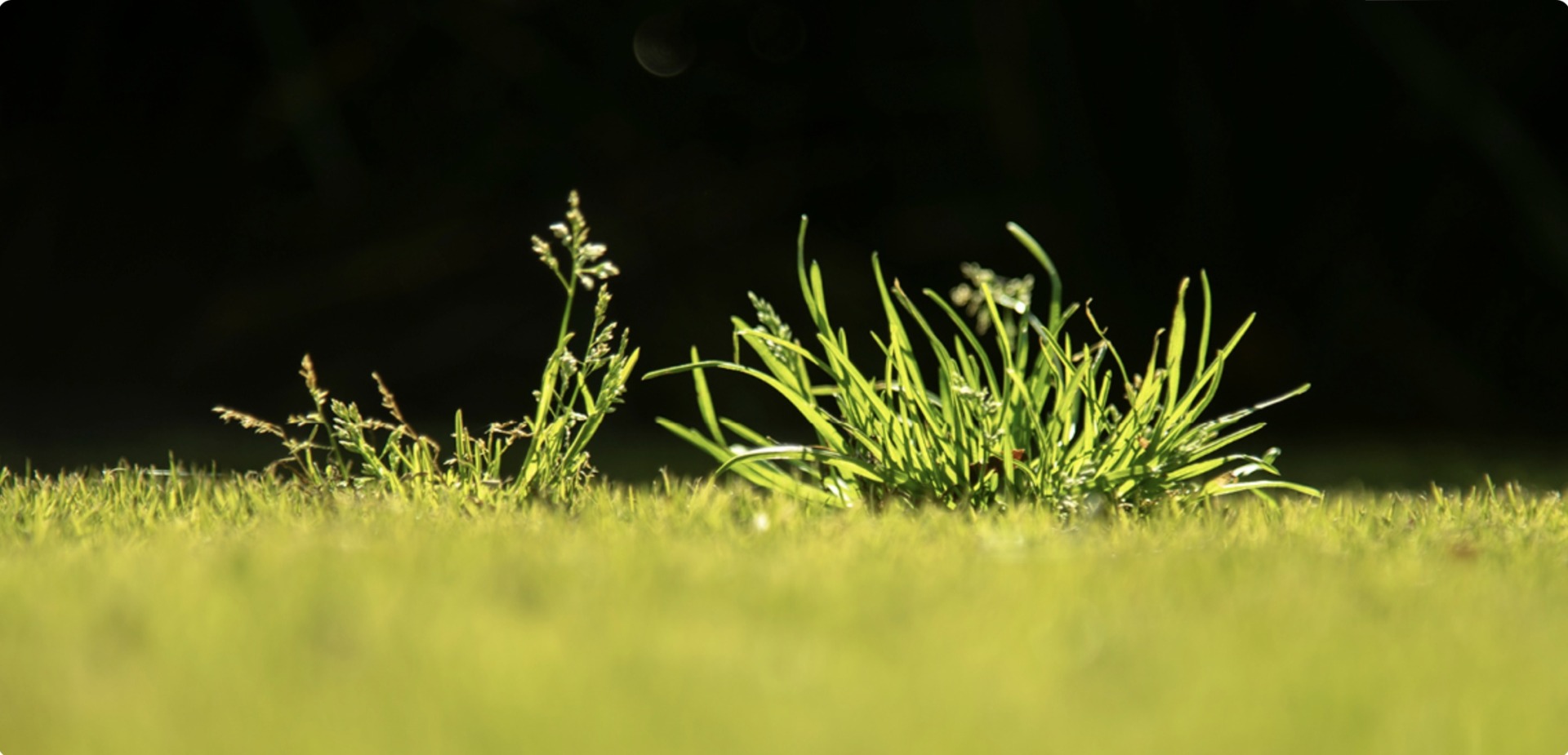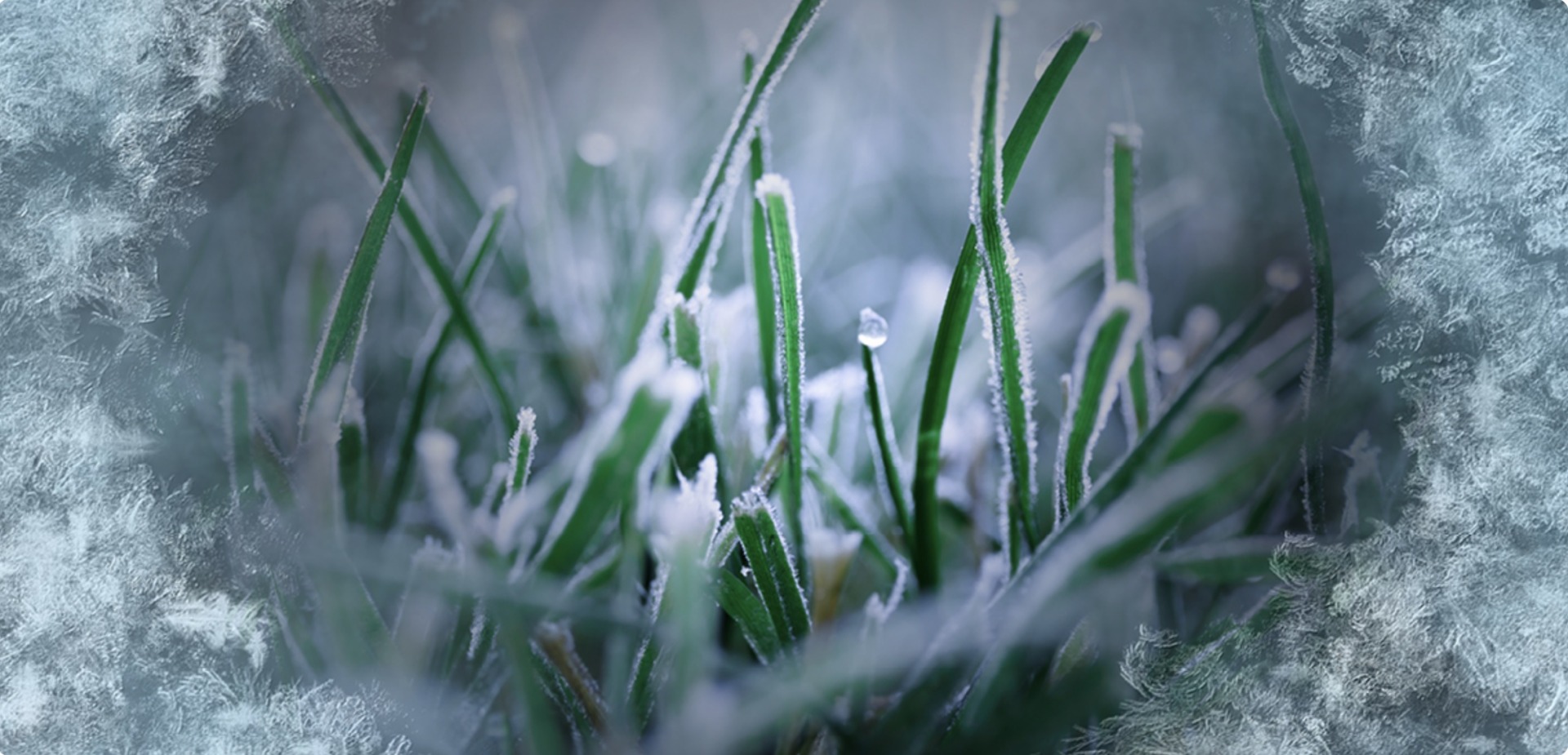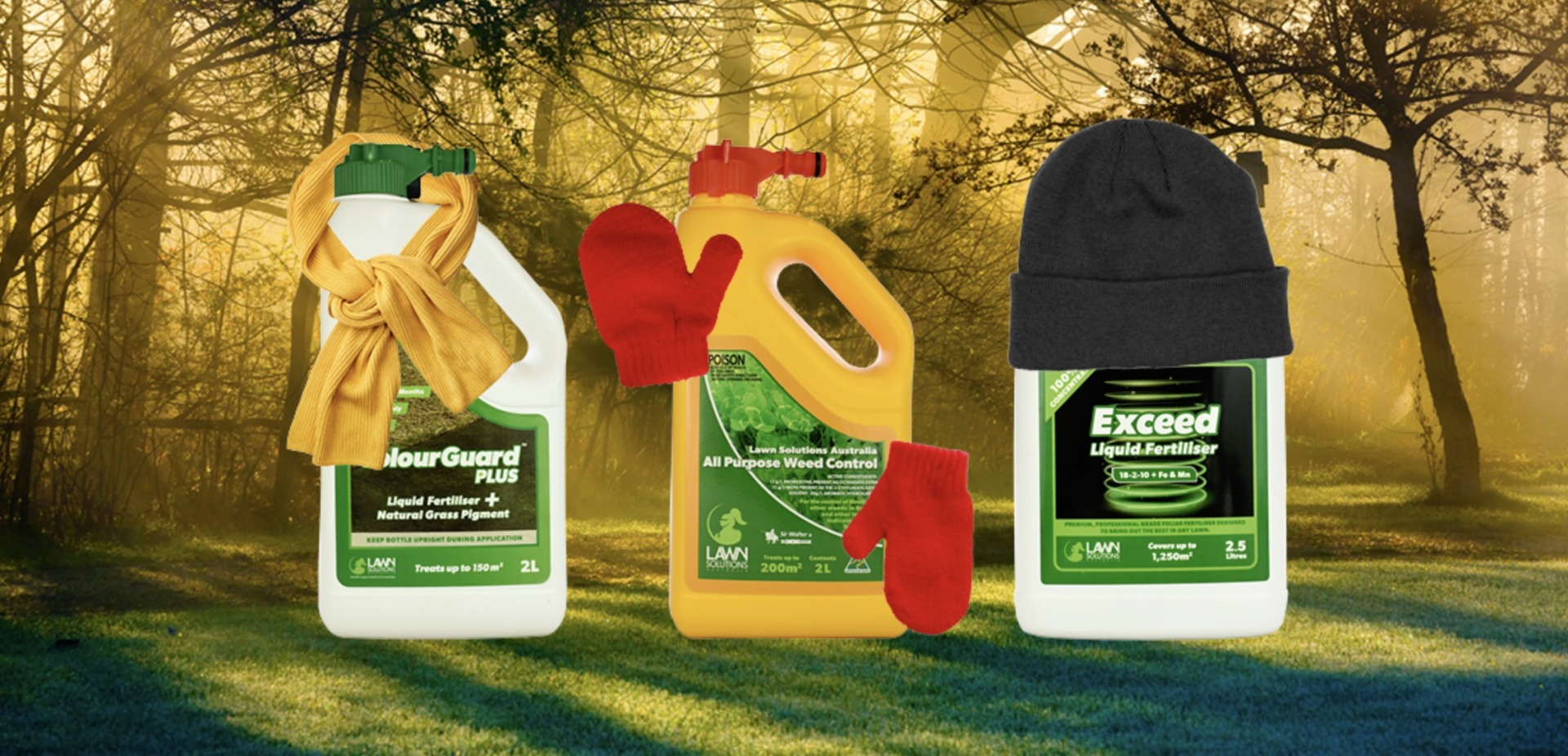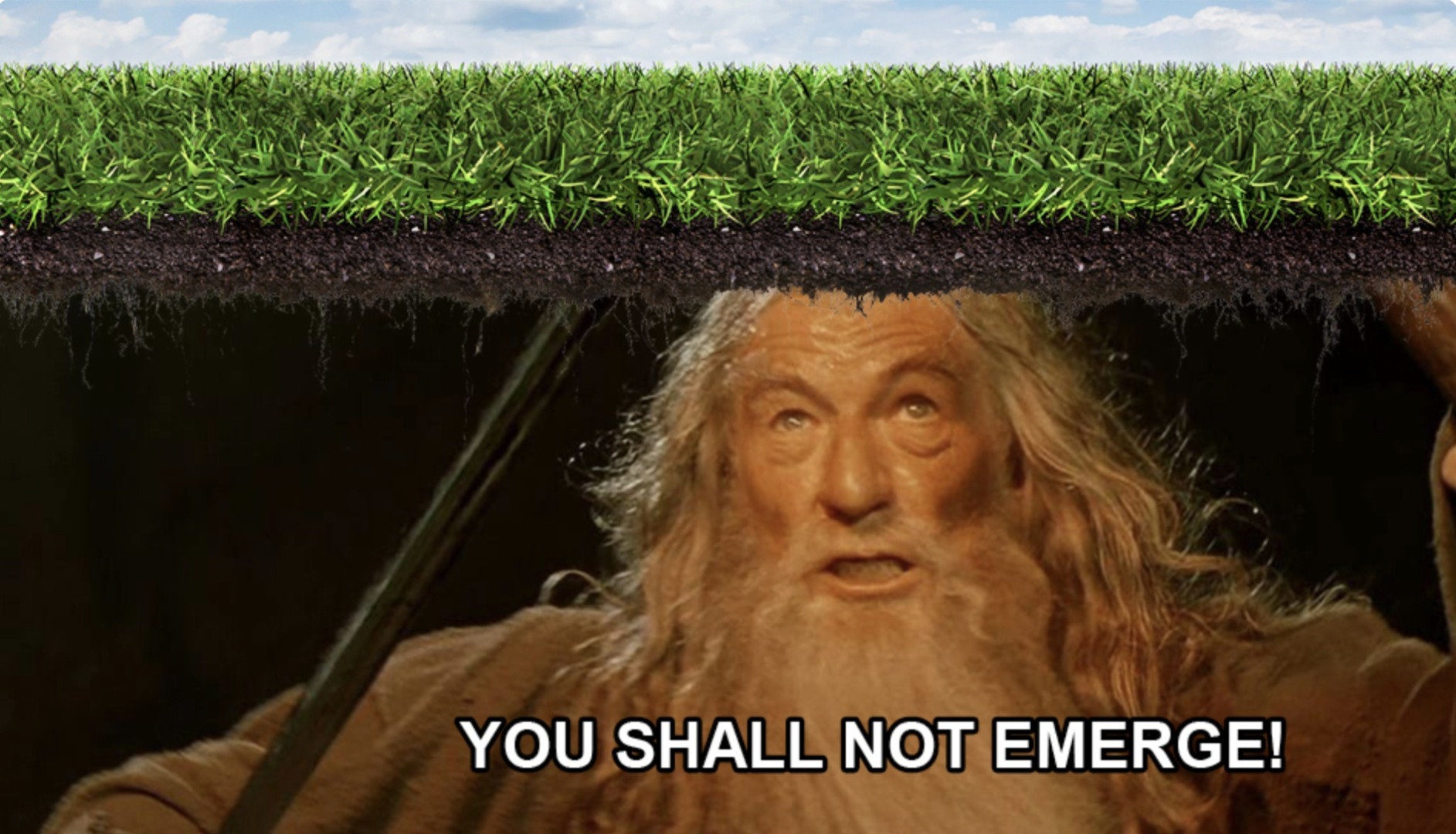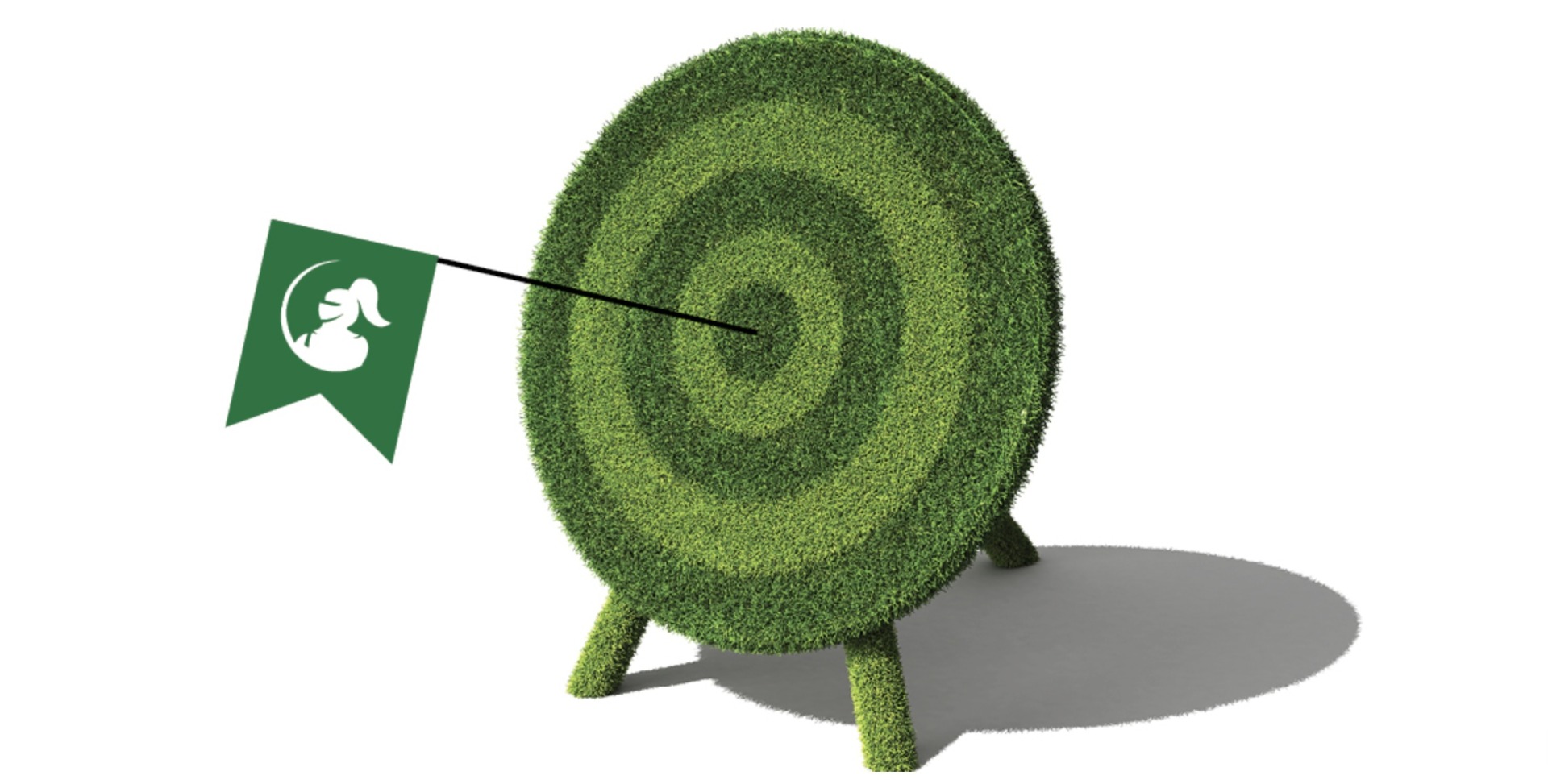While your lawn has slowed in growth, there may be some pesky weeds infiltrating or some nutritional or appearance related issues that need to be addressed during this time.
Here’s some winter lawn care products that you may require, or want to consider using over the coming months…
Winter Lawn Care Products | Treating and Preventing Lawn Weeds
Winter Grass Killer
If you are looking for a selective herbicide for the control of Winter Grass in lawn turf, Winter Grass Killer is the answer. Winter Grass Killer mixes readily with water for easy application. Breaks down quickly so there’s no residue left in the soil.

Selective Winter Grass control in Blue Couch, Common Couch, Brent, Buffalo (including Sir Walter DNA Certified Buffalo) and Brown top Lawns.
- Cannot be used on kikuyu or fescue lawns.
- 2-3 applications required.
- Active constituent: 175g/L Endothal as the Dipotassium Salt.
- Will treat 200m2 in total.
Should be applied with a fine spray as soon as the winter grass appears and before it has a chance to flower and set seed.
All Purpose Weed Control
All Purpose Weed Control can knock out common weeds such as Bindii, Creeping Oxalis, Catsear, Clover, Cudweed, Dandelion and Thistles.

This weed killer is suitable for established couch, bent, kikuyu, paspalum, buffalo, zoysia, fescue and rye lawns and turf.
Easy to use, clip on hose on attachment will make application easier than ever. No need to measure and mix up concentrates.
Lawn Solutions All Purpose Weed Control 2L ready-to-use bottle treats up to 200m2.
Amgrow Bin-Die Selective Lawn Weeder
Amgrow Chemspray Bin-Die is suitable for use on most grasses including Sir Walter DNA Certified Buffalo Lawn, Nullarbor Couch Grass, Eureka Kikuyu, RTF Fescue, Platinum Zoysia and all other lawn types.

This weeds killer will treat bindii, catsear, clover, creeping oxalis, cudweed, dandelion, plain thistle and other broad leaf weeds.
Hard to control weeds such as clover often need a follow up spray.
Active ingredient: Bromoxynil
Highly concentrated 250ml will cover approx. 400 sq metres.
Monument Herbicide
Monument Herbicide is the broadest spectrum selective post-emergence herbicide for turf.

Delivers long lasting results with rarely needed follow up applications.
Monument Liquid Herbicide by Syngenta controls, Burr Medic, Bindii, Ryegrass, Winter Grass, Catsear, Chickweed, Clover, Cotula, Creeping Oxalis, Curled Dock, Milk Thistle, Mullumbimby Couch and Nutgrass.
- Highly effective in controlling Poa annua, Ryegrass, Kikuyu, Sedges and a wide spectrum of broadleaf weeds in one pass
- Convenient liquid formulation
- Complete couch solution for Poa annua (Winter Grass)
- Fully systemic action (xylem and phloem) with root, shoot and leaf uptake
Monument Liquid Herbicide is safe to use on – Common Couch, Hybrid Couch, QLD Blue Couch and Zoysia – DO NOT USE on Kikuyu or Buffalo
For best results:
- Consider weed growth stage at time of application
- Consider the soil temperature at time of application
- Always apply with a non-ionic surfactant
Read label before use – ensure correct application rates are applied.
Shop Online Now
Winter Lawn Care Products | Lawn Nutrition and Colour
Exceed Liquid Fertiliser
Exceed Liquid Fertiliser is a premium, professional foliar fertiliser designed to bring out the best in any lawn.

Providing health and colour to your lawn during the growing period.
Exceed is ideal for correcting nutrient deficiencies quickly, addressing stress related issues or for a general boost to overall health.
Exceed can be used on all grass types including kikuyu, couch, buffalo, zoysia and cool season varieties.
ColourGuard Plus
Wanting to keep your lawn looking as best it can until the warmer months?
ColourGuard Plus is a liquid fertiliser and a natural grass pigment that instantly restores the colour of your lawn.

Apply this 100% natural grass colourant to keep your lawn looking green year-round.
Just one application can give your lawn up to three months of great colour.
ColourGuard Plus delivers micron-sized pigment solids into the tiny pores of leaf tissues via water spray. The colour pigments are organic and natural making ColourGuard a safe product for the environment, pets, and people.
Once it’s dried, it’s locked in. ColourGuard won’t bleed, run, or stain once absorbed.
Easy to use, works on all lawns, in extreme heat, rain, cold and frost. Plus, ColourGuard reduces the amount of fertiliser and water your lawn requires.
Lawn Solutions ColourGuard can dry on your lawn in as little as 2 hours when in full sunlight and will work like a lawn paint.
ColourGuard Plus is available in 4 convenient sizes:
Easy to use, works on all lawns, in extreme heat, rain, cold and frost. Plus, ColourGuard reduces the amount of fertiliser and water your lawn requires.
Lawn Solutions ColourGuard can dry on your lawn in as little as 2 hours when in full sunlight and will work like a lawn paint.
Lawn Rescue
Lawn Rescue is a blend of liquid fertilisers, seaweed extracts and wetting agents and is ideal for use during establishment, post establishment and for post-winter revival.

Promoting the development of root systems and growth in new lawns, Lawn Rescue stimulates, supports and protects root growth in established lawns year-round.
Featuring both nutrient and rehydration properties, Lawn Rescue is the perfect solution for tired, slow-growing lawns.
Will restore colour and health to lawns that are looking dry and thin and is suitable for all lawn varieties.
As always, if you have any more questions please don’t hesitate to contact us for free expert advice on 1800ALLTURF (1800255873) or 07 5543 8304.

